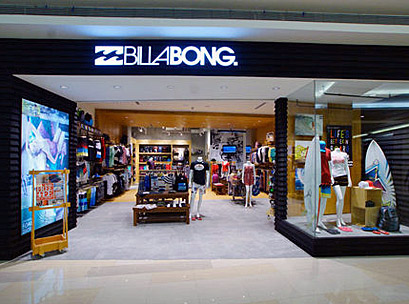 Billabong has posted its first full year profit since 2011, recovering from a $233.7 million loss last year.
Billabong has posted its first full year profit since 2011, recovering from a $233.7 million loss last year.
Billabong also lifted its underlying earnings for the first time since 2008, having shed loss making businesses and increasing sales in Europe and the US.
The company posted a net profit after tax (NPAT) of $4.2 million, and an EBITDA of $65.7 million, compared with $60.3 million the year before.
“Two years into our turnaround Billabong is back to full year profit and back to doing what it does best – building great global brands,” said, Billabong CEO, Neil Fiske. “Growth has returned in the key United States market and Europe is again profitable.
“Challenges remain but this result confirms our confidence in the resilience of our brands and provides the conviction to see through the complex changes we’re undertaking globally to deliver sustained, longterm profit,” Fiske said.
“Retail around the globe was mixed as we continue to refine the fleet in advance of our omnichannel rollout, through existing underperforming stores, consolidating multi-brand banners and investing in new and refurbished mono-brand stores.”
The group has focused on its three core brands, Billabong, RVCA and Element, and says forward wholesale orders have grown around the globe in the first few months of the 2016 financial year.
Shares in Billabong jumped five per cent and were 3.5 cents higher at 66.5 cents on Thursday morning.
In the Asia Pacific region, which represents the group’s largest retail footprint, revenue was $418.9 million compared to $420.5 million for the full year.
Asia Pacific is also the first market to adopt the group’s new omnichannel platform and during the period 20 underperfoming stores were closed or consolidated. A total of 17 stores were opened – 12 Billabong, four Tigerlily and one multi-brand store.
Comaprable store sales for the year were down 3.2 per cent, and despite the impact of a stronger US dollar on input prices, overall gross margin was maintained.
In the Americas EBITDA was $27.2 million for the year and overall retail sales were down slightly on the back of store closures. A 3.7 per cent decline in brick and mortar comparable sales was offset by a 35 per cent comparable sales growth in e-commerce revenue.
European EBITDA was $5.6 million compared to a loss of $1.4 million, despite an overall 1.7 per cent drop in revenue for the year.





